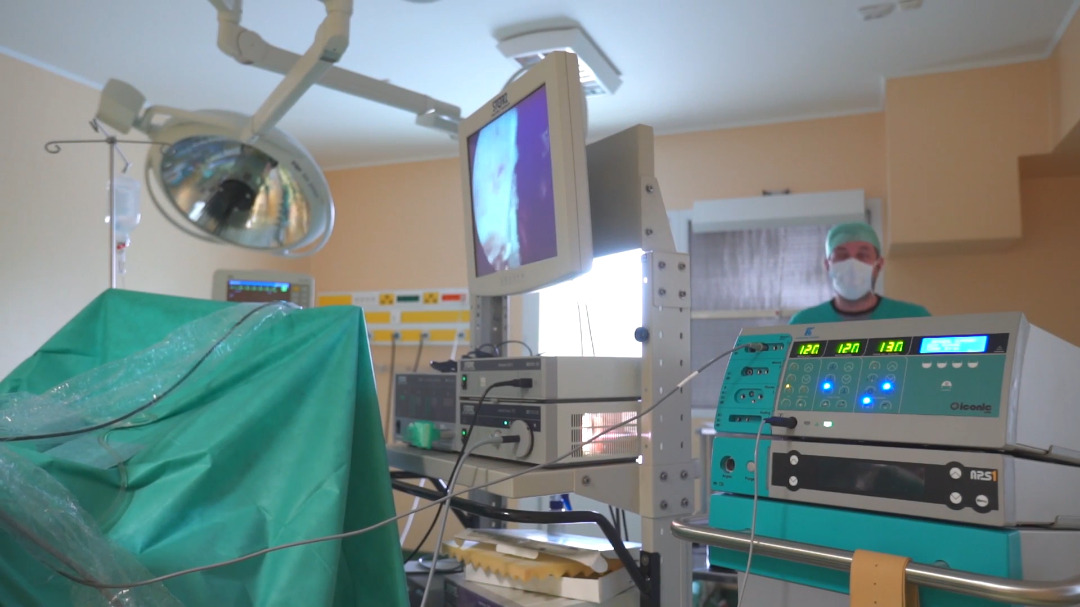Electrosurgery, also referred to as electrical surgery, harnesses the thermal effects of high-frequency electric currents to enable surgical procedures by achieving hemostasis, i.e., stopping bleeding. This approach offers several advantages over traditional mechanical surgery, including efficient hemostasis, rapid recovery, reduced infection risk, and protection of tissues from mechanical trauma. Notably, electrosurgery is adaptable for use in remote anatomical areas such as the digestive system and urinary tract.
Living tissues, characterized by significant electrical conductivity, readily permit the passage of electric current. The biological effects of electric current in the human body encompass electrolytic effects, faradic effects, and thermal effects. Electrosurgical devices are designed to operate at frequencies that render the electrolytic and faradic effects negligible, with the thermal effect being the primary influence on biological tissues.
Electrolytic Effects:
The flow of electric current through tissues causes the separation and accumulation of ions around the positive and negative poles. This ion accumulation can potentially lead to cellular destruction. However, at high frequencies, the ions within the tissues do not move toward the poles, mitigating the electrolytic effect.
Figure 1 - Electrolytic effects of direct current and accumulation of ions around the poles
Figure 2 - Avoidance of electrolytic effect by using high frequency current
Faradic Effects:
The faradic effect refers to the stimulation of sensitive nerve and muscle cells by electric current. This stimulation can result in muscle spasms and discomfort, and at higher levels, it can lead to irregular heart contractions. The impact of the faradic effect increases from zero to 100 Hz and diminishes continuously thereafter. Given that the minimum time required to stimulate sensory or motor nerves is approximately 5 microseconds, at a frequency of 100 kHz, the faradic effects are minimal. Furthermore, at frequencies exceeding 300 kHz, these effects can be disregarded. Therefore, electrosurgical techniques typically utilize frequencies higher than 300 kHz.
Figure 3 - Effects of electrical stimulation on nerves and muscles (faradic effect) in terms of frequency
Thermal Effects:
Electrosurgical devices leverage the thermal effects of electric current passing through tissues to achieve precise cutting and coagulation. As the current traverses the tissues, akin to any other conductor, it generates heat energy, the quantity of which is contingent on the current magnitude, duration of exposure, and the tissue's electrical resistance.
(dissipating electric power in the tissue) P = RI2
(Thermal energy generated in the tissue) W = P × t
The dissipation of electric power in the tissue is given by the formula P = RI^2, while the thermal energy generated in the tissue is represented by W = P × t. If the current density passing through the tissue is sufficiently high, the intracellular fluids can rapidly heat and evaporate, leading to the bursting and tearing of cell membranes due to the vapor pressure inside the cells. The resulting energy from these microscopic cell explosions is absorbed by water vapor, thereby preventing damage to adjacent tissues and facilitating tissue cutting or coagulation.
Given that electrosurgery devices operate at frequencies above 300 kHz, the ions within the tissue do not move or vibrate. Additionally, neuromuscular stimulation at these frequencies is minimal. Consequently, the electrolytic and faradic effects can be disregarded in electrosurgery, with the thermal effects of current passing through the tissue being the predominant phenomenon.
In summary, electrosurgery leverages high-frequency electric currents to primarily induce thermal effects on biological tissues, offering a precise and effective method for surgical hemostasis and tissue manipulation.










